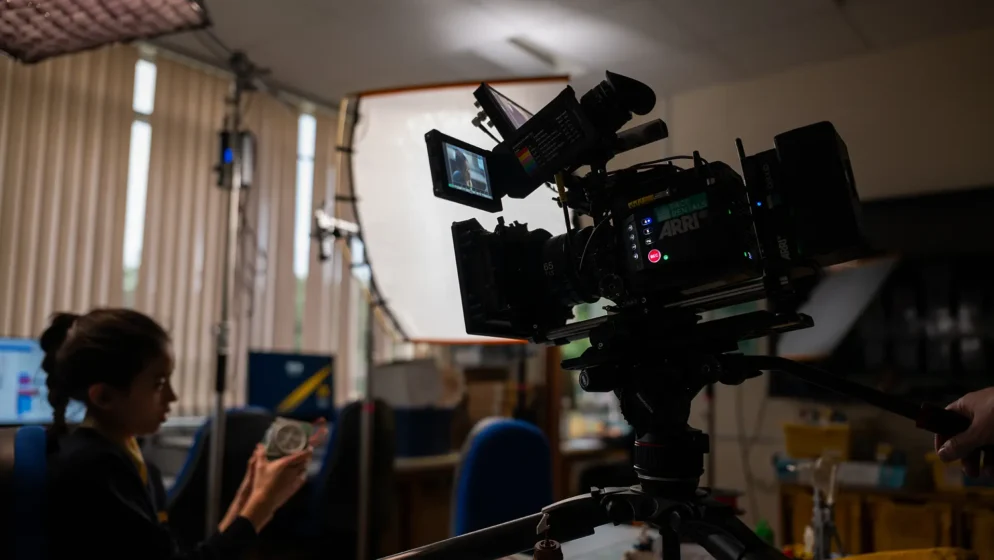Finding your why

If you’ve spent any time with a toddler or young child then you’re probably sick to death of the question why. It’s probably rattling around in your head, and you’re probably exhausted from trying to come up with creative and insightful answers that will finally satisfy said toddler (which I’ve come to believe is almost impossible). Here’s a thought though, why do they ask “why?” Well, according to the Huffington Post it’s because of the following:
”For children, “why” questions help them make sense of the world around them that they are just beginning to learn about. These “why” questions also help spur and accelerate learning.”
In fact, they have a whole article here on the topic which is quite interesting.
When you think about it, this answer makes complete sense, a why question serves a very specific purpose; it helps us gain information which shapes our understanding of a topic or the wider world. In fact, as the above article also suggests, these questions don’t stop at some magical age, they are used regularly in our adult life as well. From a business point of view, what you really need to be conscious of is how you answer these questions, or, if you’re answering them at all?
The question “Why do you do what you do?” is particularly important for businesses and charities because it concisely cuts to the heart of what you do. It’s a way to quickly assess the values of an organisation, and will help someone decide whether they want to buy a product, form a partnership or make a donation. In fact, answering this question in a way which doesn’t speak to your audience could end up having a really negative impact on your potential future relationship. So, lets talk about your why and the dreaded curse of knowledge.
Your why is intertwined with what you do, but at the same time is very different. If you’ve seen Anger Management, you’ll probably remember the scene of Jack Nicholson asking Adam Sandler who he is, this is kind of like that. What you do doesn’t really answer the question, because most likely there are other companies or charities that do something similar to what you do. That’s not a problem or a criticism either, it’s just likely to be the case. What those other organisations don’t have is your story, and it’s probable that they didn’t start for the same reasons you did. Here is your point of difference, your why. Peeling your business or charity back to this will unveil something unique about you for your audience. It gives them some insight into your philosophy and purpose, and if this aligns with their own beliefs then you can begin to build trust. More than this though, it’s expressing to your audience that you don’t just want to sell to them or take their money (which is never a good look) but that you have something in common. This is powerful, and goes a long way to forming a meaningful connection that hopefully blossoms into a long term relationship.
Sounds great, right? It really is an important and interesting topic to deal with, but it comes with a catch, the curse of knowledge. What is this? Well, in short, it’s the fact that you can’t un-know what you know about your business or charity. You can see what you do from a top-down perspective, you know every little detail and so you can be a little guilty of muddying your message with too much detail or missing out the most important information for your audience. In short, it’s a state in which you can’t see your organisation from the point of view of a potential customer, donor or partner and you aren’t delivering the information that’s most important to them. The book Made to Stick by Chip and Dan Heath talks about this a lot more, but this quote kind of sums it up:
“The Curse of Knowledge: when we are given knowledge, it is impossible to imagine what it’s like to LACK that knowledge.”
Think about it this way, your values, ethos and philosophy are all very obvious to you, but to someone on the outside they might not be so clear. With all of this knowledge you may choose to include some minute detail that you think is absolutely essential, but from a customer’s point of view, it might not affect them in a way that makes them want to work with you.
This is a real problem. When this happens, your message becomes unclear for your audience. There’s too much for them to process or they haven’t been given the kind of information that leads them to trust and connect with you and they may even switch off. In theory, getting around this is very simple, you just need to think about your audiences values and go with that, but that’s easier said than done. This is tricky, but you really need to imagine what a customer might need to hear in order to buy from you, think about what their own values might be, what emotions might help them to trust and respect you and the kind of stories that you can tell which would facilitate this. As an exercise, think about a video that explains your why and write down all of the information or sentiments that you think you might like to include. Next, ask your self why you’re including each sentiment, does it really speak to the core of your ethos? If not, would it really need to be included? Would it connect with your audience on a deeper level and show that your values match theirs?
An example of a company that we worked with, who worked really hard on defining their why and what makes them unique are Williams Shipping. Check out their 125th anniversary video to see what we mean:

